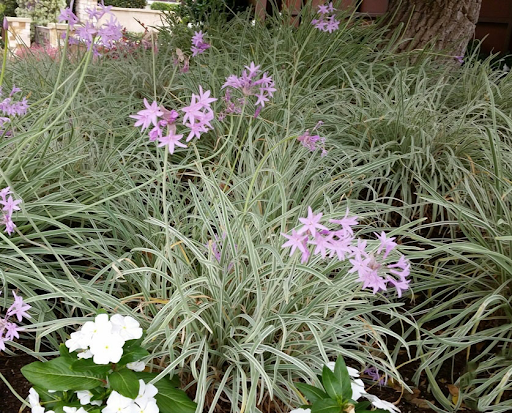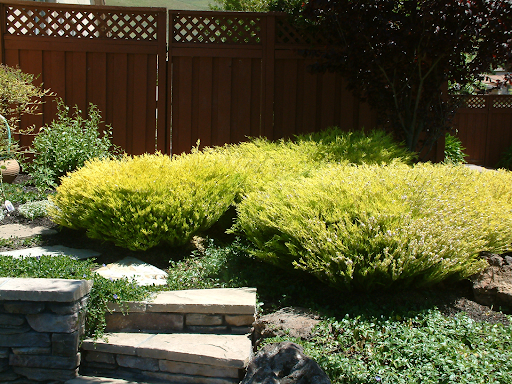As we all sort through the emotional toll that quarantine has taken on our lives this spring, I want to shed light on something more tangible: plastic waste. I hate to add to the negativity of the current state of our world, but there is a serious plastic pollution issue at hand. Without bringing this issue to our attention, it will cease to be solved.
Since the COVID-19 outbreak and the start of the global quarantine in March of 2020, the number of single-use plastics has increased trifold. In an era of fear, we have resorted to purchasing products that can be thrown out and have forgotten the harmful environmental effects of these commodities. Grocery stores have stopped accepting personal shopping bags and have reinstated the use of plastic and paper bags. Personal protective equipment - such as masks, gloves, and anti-bacterial wipes - are on backorder, and are used one time before being tossed out for the safety of our health. Items at stores are being wrapped and rewrapped in plastic, to ensure the cleanliness and asepsis of the materials. Sales have skyrocketed for toilet paper, hand sanitizer, bottled water, and other essential goods, all of which are encased in plastic.
Since the start of the COVID-19 quarantine, the price of oil has markedly dropped in conjunction with the collapse of the economy. Oil is used in the production of plastics, and with its drastic fall in price, more plastics have been made due to its cheap assembly and current practicality. Meanwhile, Trump has recalled nearly 100 environmental restrictions in an effort to jumpstart industry and other businesses during this economic downfall. This reversal on environmental rules has allowed many businesses to revive their interest in using plastic products, particularly as the price of manufacturing plastic has decreased. Starbucks and Dunkin Donuts have stopped filling customers reusable cups. Target has been under constant scrutiny for maintaining the use of plastic bags for their shoppers, but this scrutiny has been placed on the backburner during quarantine. And who knows when this quarantine will end, and when life will return to normal.
Even worse, the recycling business has suffered from the global economic crash. In a capitalistic society, our recycling facilities are run in a manner of profit: it has to be cheaper for the facilities to collect and recycle plastics than to throw them out. Many county and local governments have suspended curbside pickup recycling programs due to the rising cost of running the recycling facilities. I live in Santa Fe, New Mexico, and the recycling program for my house has been temporarily shut down. In order to recycle my plastic waste during this time, I have to drive 45 minutes to the local recycling center to drop it off. It shocks me that this process is a norm for many people across the U.S. It has served to stress to me the need to develop an improved and functional recycling system, particularly as more recyclables are being thrown out during the pandemic.
I believe that part of our solution to the recycling issue and the rising numbers of single-use plastics is consumer culture. While it is challenging to decrease our purchase of single-use plastic products, it is not impossible. In a time where the world around us is chaotic and we cannot control when coronavirus and its subsequent quarantine will end, we can find control in the products that we choose to buy. Look for sustainable logos and items that contain less plastic. Examine the areas in your life that seem to harbor the most waste and look for better solutions. My mom loves to drink bubble water, yet this love for sparkling H2O has led her to continually buy plastic bottles from the grocery store. During this quarantine, she has learned to accept plain water for its taste, and pondered the idea of purchasing a bubbling water machine. While I believe her purchase of the sparkling water machine is superfluous - if anything, it adds to our whole consumer culture/plastic waste issue - the machine prevents her from both acquiring single-use plastic bottles and from resorting to ingesting unhealthy sodas. These trade-offs are important, so look for the areas in your life that could be improved with a simple modification! Perhaps a sparkling water machine will be the change you need as well.





















